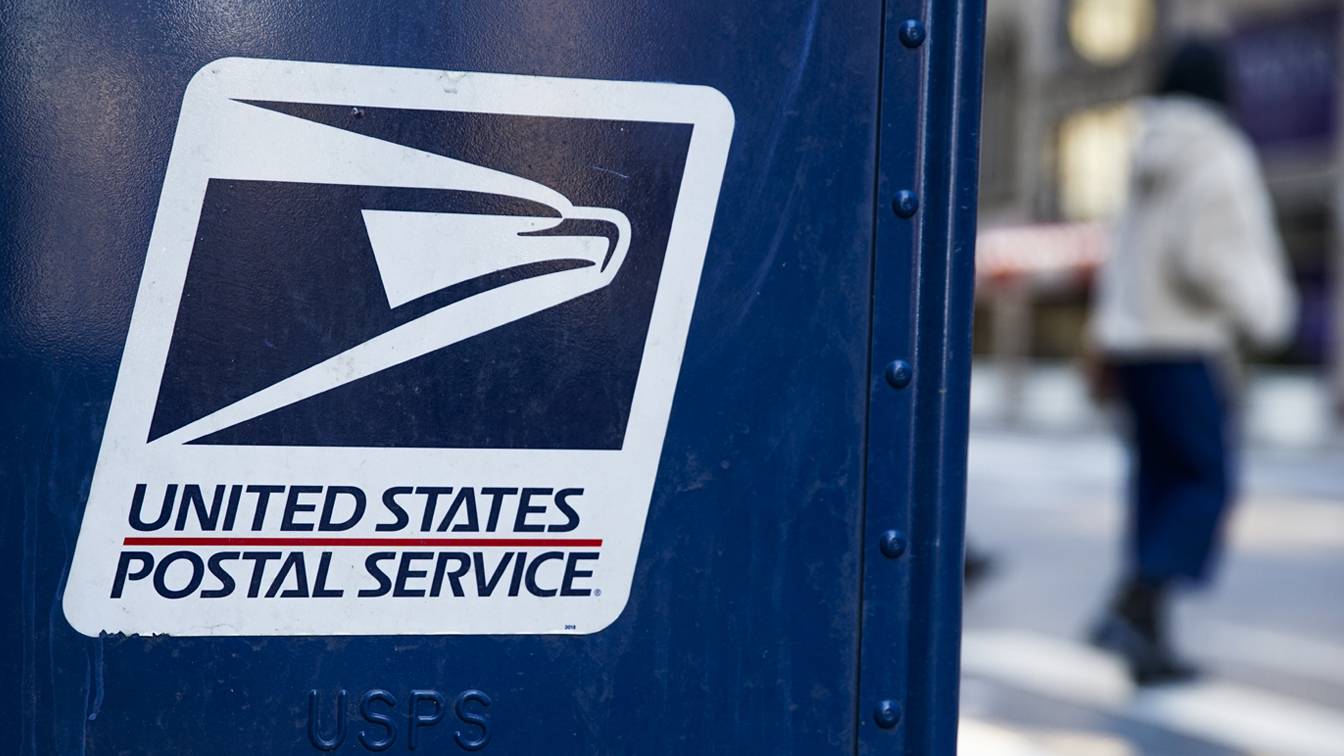
The Benefits of Using USPS Carrier Routes for Marketing
When considering a direct mail campaign, it’s essential to look at all possible avenues for getting your message into the hands of your target audience. One option often needs to be considered using carrier routes for marketing, and USPS carrier routes provide an efficient and cost-effective way to reach consumers in specific geographic areas.
In this article, we’ll discuss what USPS carrier routes are, and we’ll look at how marketers can use them to their advantage.
What is a USPS carrier route?

USPS carrier routes are a group of addresses to which the same mail carrier delivers mail. Each route has its unique identifying number, called a “carrier route code.” The carrier route code comprises four digits followed by a hyphen and a two-digit number. For example, 1234-56 is a carrier route code. The first four digits identify the postal zone where the route is located, and the last two identify the specific carrier route within that postal zone.
The USPS creates carrier routes to group addresses that are close together, which makes mail delivery more efficient. There are several different types of carrier routes, including city routes, rural routes, and highway contract routes. Each carrier route has its benefits and drawbacks, so choosing the correct route for your needs is essential. One thing to remember is that carrier routes can change from time to time, so it’s crucial to stay up-to-date on the latest changes.
What are the advantages of using USPS carrier routes?
The main advantage of using USPS carrier routes is that they efficiently target a specific geographic area with your direct mail campaign. Carrier routes are organized by zip code, so you can quickly determine which households and businesses within a specific zip code should receive your mailing. It makes it easy to tailor your message to the specific demographics in a given area.
Using carrier routes also allows you to save money on postage costs. USPS rates for mailing with carrier routes are lower than the standard postage rate, so you can get more bang for your buck when you use them. Additionally, carrier routes can help you get better response rates from your direct mail campaigns since they allow you to target specific geographic areas.
Finally, using carrier routes allows you to track your response rate more accurately. USPS provides a tracking tool that can be used to monitor the performance of your direct mail pieces, which is a valuable resource for any marketer looking to optimize their campaigns.
Are there risks involved in using USPS carrier routes?

Although there are several advantages to using USPS carrier routes, there are also some potential risks. For example, if a carrier route is changed and you don’t update your mailing list accordingly, your message might be sent to the wrong addresses. Additionally, USPS regulations require that all mail pieces sent through a carrier route have a valid address on them, or they will be rejected.
Finally, there is always the risk that your mail pieces could be lost or damaged in transit, so planning for such contingencies is essential. However, the risks associated with using USPS carrier routes are minimal compared to the potential benefits.
Tips for successful USPS carrier route marketing
Here are some tips to help you make the most of your USPS carrier route marketing efforts:
- Make sure you have accurate and up-to-date mailing lists.
- Be aware of any changes in carrier routes, and update your mailing list accordingly.
- Design eye-catching mail pieces that will grab people’s attention.
- Track response rates and use data to optimize your campaigns.
- Take advantage of USPS discounts for mailing with carrier routes.
- Be aware of the risks associated with using carrier routes and plan accordingly.
- Utilize the tracking tools provided by USPS to monitor performance.
By following these tips and taking advantage of the benefits of USPS carrier routes, you can create successful direct mail campaigns that will reach the right people and generate maximum return on investment.
How to start using USPS carrier routes for marketing?

Getting started with USPS carrier routes for marketing is simple. The first step is to gather the appropriate data, such as zip codes and addresses, to create a targeted mailing list. You can either source this information from public records or purchase it from a third-party provider.
Once you have your list, you’ll need to create an account with USPS and register for the appropriate services. Then, you’ll be able to upload your mailing list and print out labels or postcards depending on what type of mail piece you send. Finally, you can submit your order and begin your direct mail campaign once everything is ready.
By using USPS carrier routes, you can save money on postage costs and increase the effectiveness of your direct mail campaigns. With some planning and preparation, you can take advantage of these benefits in no time.
In conclusion
USPS carrier routes offer many advantages that make them attractive for marketers looking to optimize their campaigns. They enable more targeted mailing lists, improved response rates, and tracking tools to monitor performance. Additionally, they are cost-effective when compared to traditional postage methods. With a bit of effort upfront, you can quickly start reaping the rewards of USPS carrier routes for your direct mail efforts.
